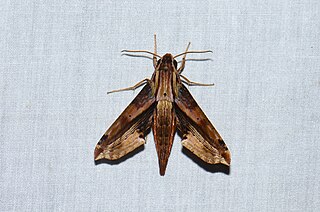
Eupanacra mydon, the common rippled hawkmoth, is a moth of the family Sphingidae.

Eupanacra busiris, the green rippled hawkmoth, is a moth of the family Sphingidae.

Eupanacra perfecta is a moth of the family Sphingidae. It is known from north-eastern India, Bhutan, Myanmar, south-western China, northern Thailand and Vietnam.
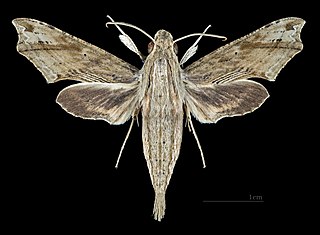
Eupanacra malayana, the Malayan rippled hawkmoth, is a moth of the family Sphingidae.
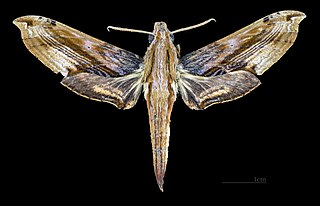
Eupanacra metallica is a moth of the family Sphingidae first described by Arthur Gardiner Butler in 1875.
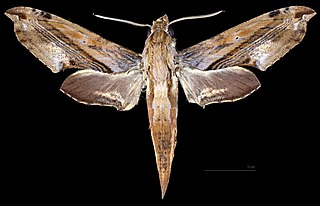
Eupanacra sinuata, the sinuous rippled hawkmoth, is a moth of the family Sphingidae. It is known from Nepal, north-eastern India, south-western China, northern Thailand and Vietnam.
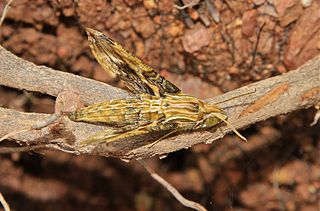
Eupanacra variolosa, the grown rippled hawkmoth, is a moth of the family Sphingidae.

Eupanacra waloensis is a moth of the family Sphingidae. It is known from Yunnan in China.

Eupanacra treadawayi is a moth of the family Sphingidae. It is known from the Philippines.

Eupanacra tiridates is a moth of the family Sphingidae. It is known from the Philippines.

Eupanacra splendens is a moth of the family Sphingidae.

Eupanacra cadioui is a moth of the family Sphingidae. It is known from the Philippines.
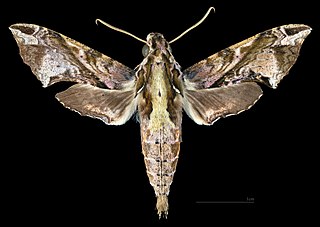
Eupanacra elegantulus is a moth of the family Sphingidae. It is known from south-east Asia, including Singapore, Thailand, Malaysia, Indonesia, and the Philippines.
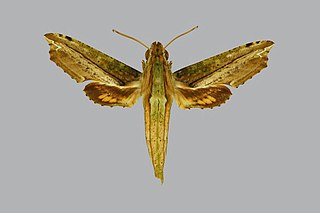
Eupanacra hollowayi is a moth of the family Sphingidae. It is known from south-east Asia, including Malaysia, Borneo and Thailand.
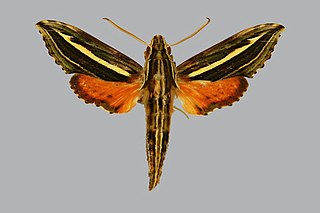
Eupanacra micholitzi is a moth of the family Sphingidae. It is known from Papua New Guinea.

Eupanacra mindanaensis is a moth of the family Sphingidae. It is known from the Philippines.
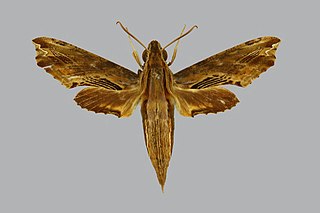
Eupanacra psaltria is a moth of the family Sphingidae. It is known from Borneo.
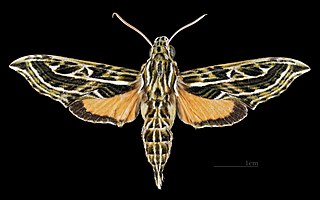
Eupanacra pulchella is a moth of the family Sphingidae. It is known from Papua New Guinea.

Eupanacra radians is a moth of the family Sphingidae. It is known from Sumatra.

Eupanacra regularis is a moth of the family Sphingidae.























